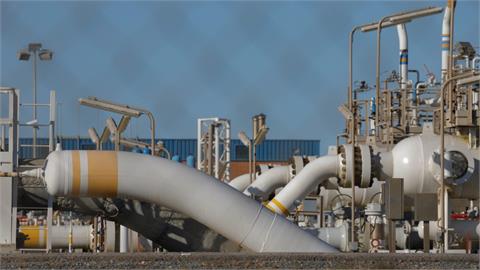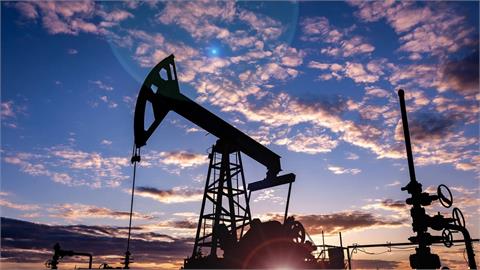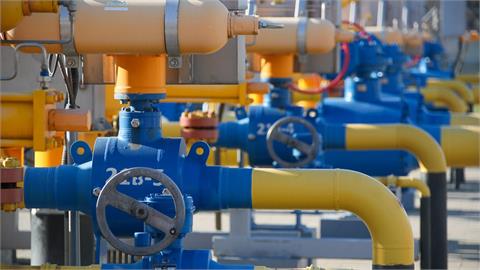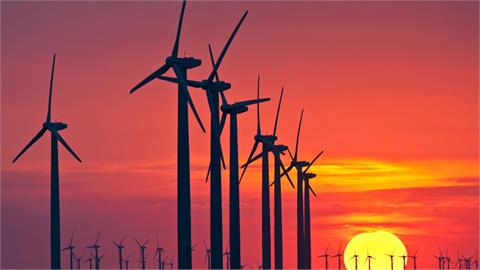Railways could provide much greater benefits for energy and the environment, according to a new report, The Future of Rail, by the International Energy Agency (IEA) prepared in cooperation with the International Union of Railways (UIC) and released on Wednesday.
Although often neglected in public debate, rail is among the most energy efficient modes of transport for freight and passengers, according to the IEA. The transportation sector is responsible for almost one-third of final energy demand, nearly two-thirds of oil demand and nearly one-quarter of global carbon dioxide emissions from fuel combustion, it said.
The rail sector carries 8 percent of the world’s passengers, 7 percent of global freight transport, but only represents 2 percent of total transport energy demand, revealing how energy efficient it is in transportation.
"The rail sector can provide substantial benefits for the energy sector as well as for the environment," the IEA Executive Director Fatih Birol said in New Delhi at an event opened by India’s Minister of Railways, Shri Piyush Goyal. "By diversifying energy sources and providing more efficient mobility, rail can lower transport energy use and reduce carbon dioxide and local pollutant emissions," Birol added.
Although investment in rail infrastructure in expensive, diverting large quantities of transport away from cars, trucks and planes delivers significant social and environmental benefits, the report said. Instead of using high carbon-intensive transportation such as aviation, cars and trucks, passenger rail and freight rail could be used to carry passengers and goods, according to the report.
".... Electrified rail networks reduce the concentration of particulates and other polluting substances in high exposure areas such as urban roads," said the report.
"Additional benefits include reduced noise, lower accident rates and increased opportunities to reorganize the urban environment in favor of pedestrians and cyclists," it added.
- Railways in India
The report also includes a specific focus on India where railway infrastructure, which is already well established, in on the rise. "Rail serves as a vital lifeline of India, playing a unique social and economic role," Birol said.
While rail remains the primary transport mode in India by providing vital connections within and between cities and regions, it also guarantees affordable passenger mobility that has long been a government priority, the IEA said.
Rail passenger traffic in India has increased by almost 200 percent since 2000, and the total length of metro lines is set to more than triple in the next few years, according to the agency. While two dedicated freight corridors are on track to enter operation by 2020, construction has also started on India’s first high-speed rail line, it noted.
The agency said in all countries, including India, the future of the rail sector will be determined by how it responds to both rising transport demand and rising pressure from competing transport modes.
"Rising incomes and populations in developing and emerging economies, where cities are growing exponentially, are set to lead to strong demand for more efficient, faster and cleaner transportation, but the need for speed and flexibility tend to favor car ownership and air travel," the IEA said. "Rising incomes also drive demand growth in freight, where higher incomes, have sharply increased demand for rapid delivery of higher value and lighter goods," it added.
(Anadolu Agency)



